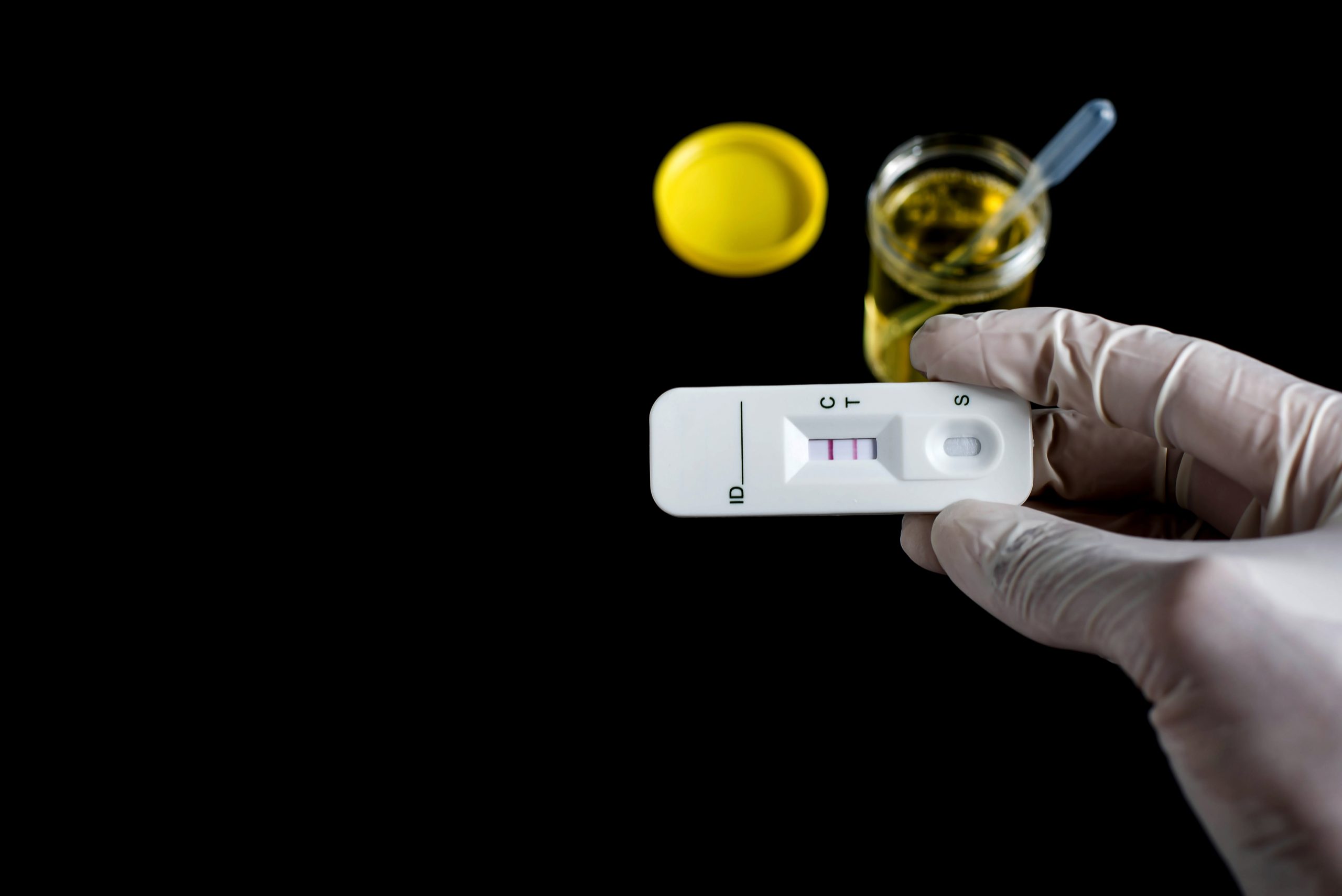
How long does weed stay in your system? There are plenty of good reasons to wonder how long cannabis stays in your system, none of which we’ll be committing to print. But yeah, we get it.
Below we unpack the different types of marijuana tests, how long weed is detectable in your body, how that figure varies by the type of test given, and how your body metabolizes marijuana and hemp.
So How Long, Then?
Weed stays in your body for about 30 days.
Anyone doing a proper test for THC (or other cannabinoids) is likely to find traces of it in your body fluids for up to a month after use. This number goes up if they are testing using your hair.
However, the answer varies by how much weed you’ve smoked or ingested. It also matters how often you use weed. If you take high doses and do so frequently, your detection times are likely to be longer. For instance, those who use cannabis every day could have detection times around 90 days — or even longer.
The 4 Different Types of Marijuana Testing
There are several ways to test for cannabis use, but the most common are urine, blood, saliva, and hair. These drug tests can detect byproducts of weed in your system, called metabolites, which persist in your body long after you last used weed.
Below, see how different types of tests can lead to different lengths of detectability:
1. Urine Tests
Peeing in a cup is the most common form of drug test, and weed is no exception.
For those who use weed less than four times per week, it usually remains in your system for around three days. Those who use it four times per week can expect the test to detect cannabis for five to seven days after last use.
For those who use cannabis every day, it tends to be detectable for 10 to 15 days — and for those who use it multiple times a day, that time doubles to more than 30 days.
The reason cannabis remains in your system for so long is that metabolites (the aforementioned byproducts) are fat-soluble. This lets them bind to fat molecules, where they get an extended stay inside your body, checking out much longer than water-soluble visitors.
2. Blood Tests
Blood tests are remarkable in how quickly they detect cannabis in your system. Blood tests can detect weed mere seconds after inhalation or sublingual applications.
They can also detect it after the last use, in a similar timeframe as urine tests. Expect a 1 to 2-day detectability for light or one-time use and up to 25 days or more for chronic use. As with urine tests, the more you ingest, the longer it will stay in your system after your last use.
3. Saliva Tests
Saliva is another bodily fluid where traces of weed are detectable after your last use. Saliva tests could detect weed between one and three days after last use for those who only use occasionally. However, chronic users can expect detection up to a month after their last use.
Note that exposure to secondhand smoke will not cause detectability via a saliva test.
4. Hair Tests
By far, the most sensitive detection system for cannabis is the hair test. Hair follicles can hold onto traces of weed for up to 90 days after last use.
THC can find its way to hair follicles through tiny blood vessels, where small amounts can remain in the hair until it is cut off. Our hair grows at a speed of around ½ inch each month. That means 1-½ inches of hair could contain a 3-month record of weed use.
How Do Our Bodies Break Down Weed?
THC, the primary psychoactive ingredient in weed, gets absorbed into the bloodstream when you ingest it. Like other cannabinoids (cannabinoids are the compounds present in cannabis, like THC and CBD), THC is fat-soluble. This means it doesn’t get broken down by the water in our systems. Instead, it binds lightly to tissues in our insides.
When THC hits the liver, it gets broken down into metabolites — more than 80 of them. You don’t want to know their names. But since you asked, one is called 11-nor-9-carboxy-delta-9-tetrahydrocannabinol. Another one is 11-hydroxy-delta-9-tetrahydrocannabinol. See? Told you.
So while THC may exit your body after several days, these metabolites remain much longer. They eventually exit the body through feces and urine.
Is It Possible to Speed Up the Metabolizing Process?
Unfortunately, you can’t really control this process. Your body will break down THC at its own rate. Staying hydrated, well-exercised, and well-fed would typically help. But for weed, the effect on metabolization is marginal.
There are ways to “detox” from weed, but most involve drinking copious amounts of water and taking herbal supplements. They’re not super reliable, though.
[ Read More: Strains Explained: Indica vs. Sativa ]
What Affects How Long Weed Will Be Detectable?
Everybody’s different, and every body’s different. Your unique anatomy will have a dramatic impact on how long weed stays detectable in your system. However, there are other factors as well:
- Age: Younger people tend to metabolize faster in general, and metabolizing weed is no exception.
- Gender: Depending on their age, men and women may show different rates when it comes to their bodies breaking down weed.
- Body mass index (BMI): People with a higher BMI tend to show signs of weed use significantly longer than those with a lower BMI.
- Frequency of use: If you smoke weed more frequently, it gets stored more thoroughly in your body and will take longer to disappear. Occasional or infrequent users are less likely to build up a cache of metabolites.
- Dosage: If you take higher doses or more potent weed, it will remain in your system longer than smaller doses.
- Method of taking it: If you smoke or do sublinguals, weed is likely to exit your system more quickly than if you use edibles. Edibles pass through the digestive tract, and the THC is processed more slowly.
[ Read More: Joints vs Blunts – What’s the Difference ]






